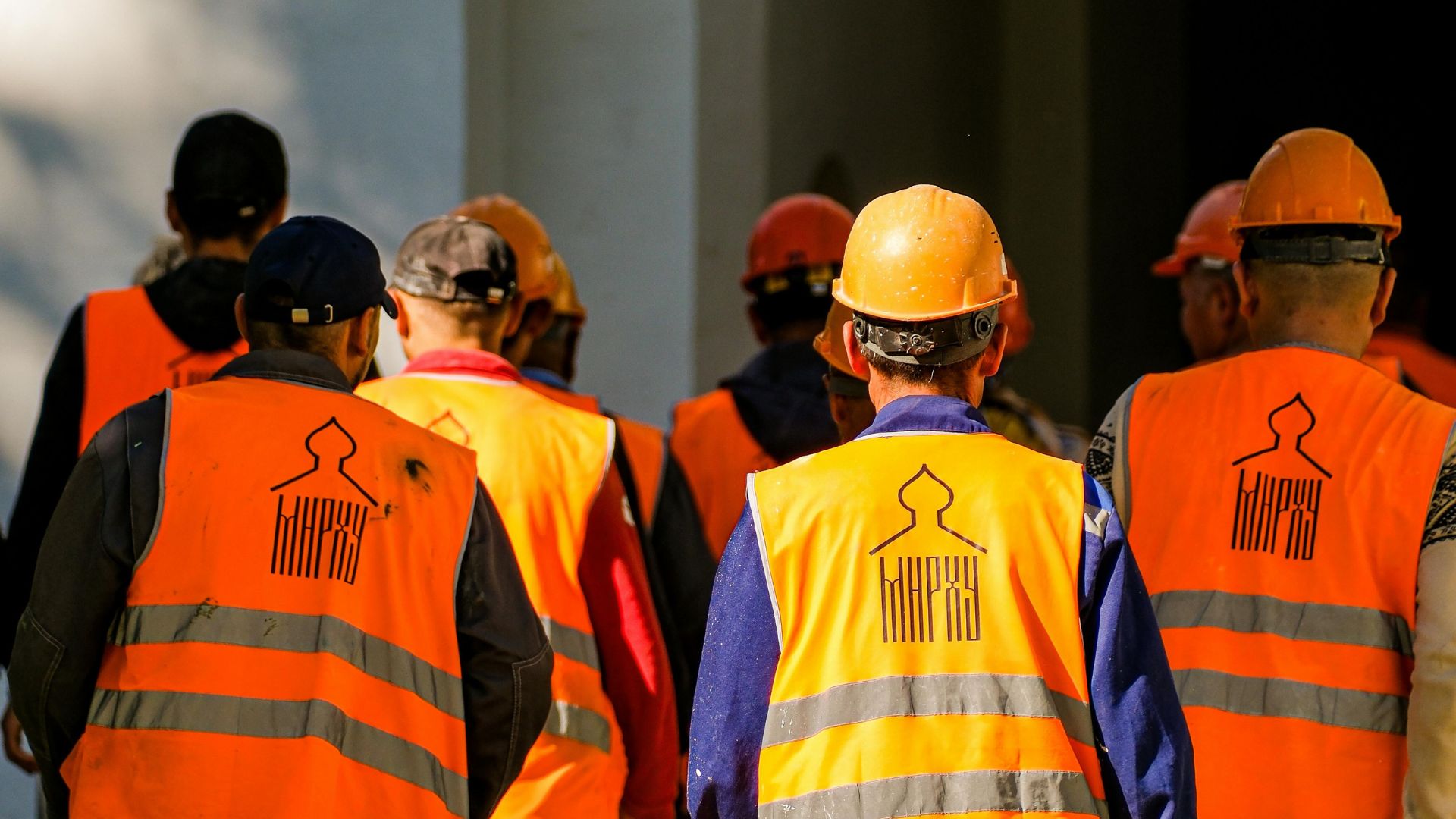.webp)


How can managers (and leaders) prevent employee attrition?
Imagine losing 60% of your employees… and now think about how detrimental it would be to your company if you couldn’t replace them… ALARM BELLS RIGHT!? Well, that’s what’s currently happening to companies who ignore these facts.
Loads of studies on The Great Resignation suggest 40-60% of employees are considering changing jobs in the next 12 months. And according to Gallup research - 52% percent of exiting employees say that their manager or organisation could have done something to prevent them from leaving their job. But only about a third of former employees said they had a conversation with their manager about leaving before they quit.
Now this alone may or may not be cause for concern in your organisation but with the increasingly competitive employee market - replacing lost talent will prove difficult and costly for any organisation.
So what’s the solution and who needs to take the reins to reduce (and prevent) attrition?
The short answer - your managers.
Top reasons for employee attrition?
Employee attrition can involve leaving a company for one or more of these reasons:
- Personal reasons
- Career progression and development
- Job mismatch or dissatisfaction
- Issues in the workplace
- Issues with their team, manager or boss
- Poor Culture
- Better Benefits
- Increased compensation and salary
Sometimes employee attrition happens naturally (and on good terms) but more often than not - it’s avoidable.
What’s the impact of employee attrition?
Despite the growing investments organisations are making to improve employee wellbeing only 50% of US workers strongly believe their organisation cares about their wellbeing.
Additionally to this poor employee wellbeing and burnout cost $322 billion of turnover and lost productivity globally. Yes billion with a B. And $20 million of additional lost opportunity for every 10,000 workers due to struggling or suffering employees.

Couple these figures with the uphill battle of replacing lost talent and you’ve got yourself a fairly tricky situation to navigate let alone hitting those targets set for this quarter.
Who is responsible employee attrition?
Before we dive a little deeper this isn’t a case of throwing money at the problem (pay rise/bonus). That won’t cut it in the current climate. We know that empathy, engagement and connection/purpose are more important to employees in the long term.
Rather than focussing on who is responsible it’s more beneficial to focus on who impacts attrition. Research shows that 92% of employees said they would stay with a company if their managers showed a little more empathy. And a whopping 94% of employees claim they’d stay with an organisation if their managers invested in their future careers.
In order to control and lower staff turnover rates, businesses implement various tactics and policies known as attrition management. It involves deciding the reasons for attrition, developing retention programs, and evaluating the success of these initiatives. Improved productivity, lower expenses associated with hiring and training new employees, and a more engaged and motivated team are all benefits of effective attrition management.
So it’s pretty safe to say challenges at management level become challenges for the entire organisation.

McKinsey research shows that employee dynamics with management are responsible for 86% of satisfaction with interpersonal relationships at work — a key driver of job satisfaction overall. While Gallup states only 1 on 10 managers possess the necessary skills to effectively manage their teams.
So how can we upskill our managers and build a more engaged workforce which in turn reduces attrition?
How can managers reduce employee attrition?
There’s no arguing that managers help employees feel connected to and valued by the organisation (which is essential to retaining talent). But how exactly do they do it…? Well it’s simple, great managers prioritise people over productivity.
Great managers build genuine relationships and create a culture of psychological safety (link to other article) which are the catalysts to growing and retaining highly effective teams.
Yes - in some instances there’s absolutely nothing an organisation can do to prevent someone from leaving but managers who are interacting with their teams on a regular basis, and who provide support and guidance, especially on non-work related issues should be at the centre of your retention strategy because they’re actively reducing attrition and increasing retention.
How to reduce attrition of employees
With research showing only 35% of managers are engaged, 51% are not engaged and 14% are actively disengaged there’s no quick fix but the need to act now is urgent. So here are 5 strategies managers can implement today to reduce attrition:
1. Regularly connect with your team
on both an individual and group basis. This will allow managers to identify and resolve potential issues quickly.
2. Lead with empathy
, ask questions and listen to problems. Active listening and maintaining open lines of communication shows your team you’re here for them and have their backs.
3. Advocate for your people.
Managers may not always have the power to implement new policies but advocating for and finding creative solutions for your team will demonstrate the organisation's human-centric culture.
4. Provide regular feedback.
Employees who receive daily feedback from their manager are 3x more likely to be engaged than those who receive feedback once a year or less. This doesn’t have to be a formal review process. It can be a quick Zoom catch up or email to check in with each other. Remember feedback is a two way street.
5. Give recognition and encouragement daily.
It can be something as simple as saying “thank you for all your hard work today” but the result is happier, more engaged and more connected employees.
The bottom line
Reducing attrition and increasing retention is an organisational issue but it can be supercharged at management level. Through open conversations, active listening and prioritising people over productivity - employees will feel more cared about and attached to the organisation.
We’re here to help
At PepTalk our gamified action platform drives individual wellbeing and consolidates team engagement through a platform designed to nurture better behaviours and habits, build connections across the organisation. Better still, you will see monthly insights for team sentiment and energy, be able to align that with action pathways and 'challenges' and then be able measure the positive impact across your organisation via a management dashboard. Click HERE to read about some of the amazing teams we work with.
Frequently Asked Questions


See PepTalk in action


Related
Latest Blogs


See PepTalk in action





.webp)

.webp)








.webp)